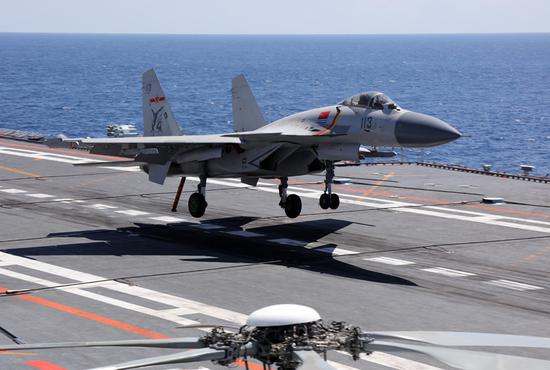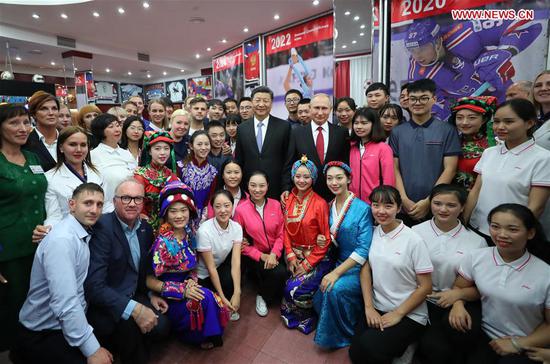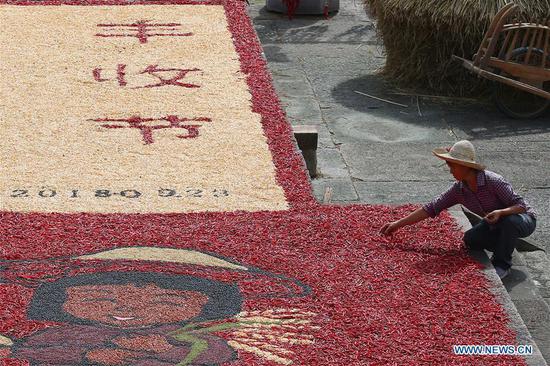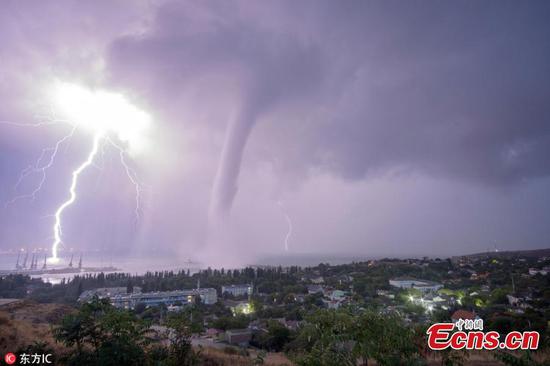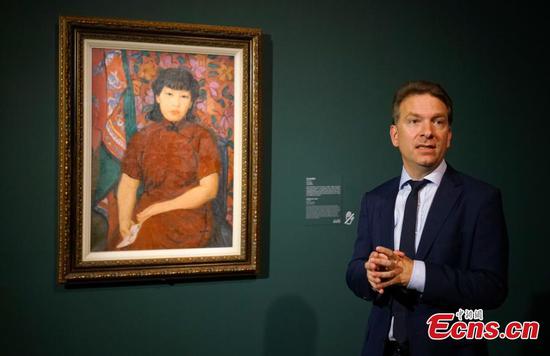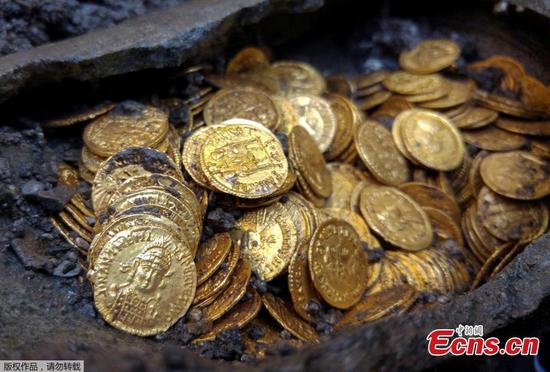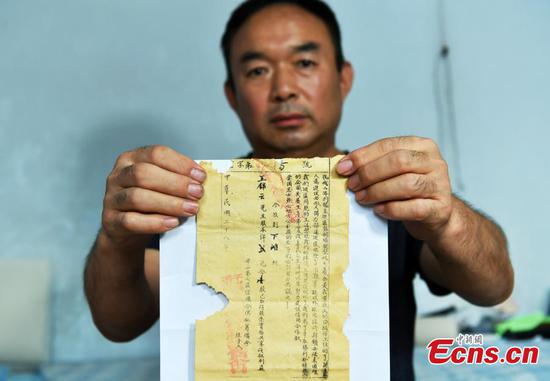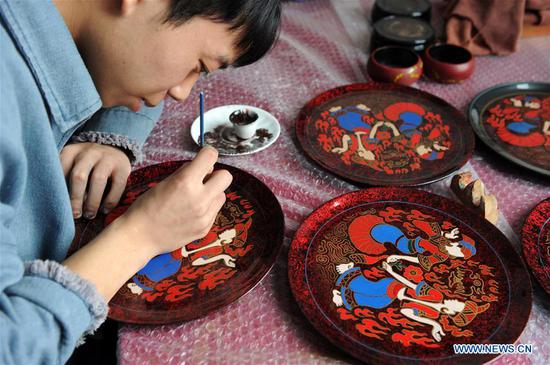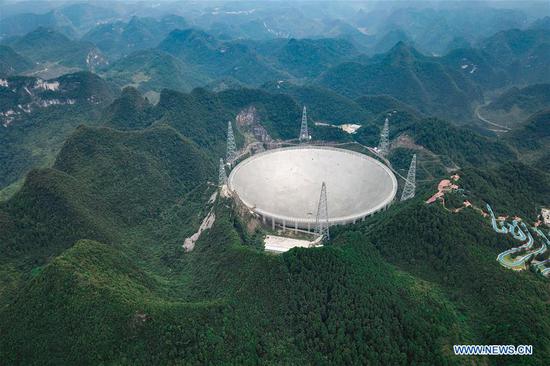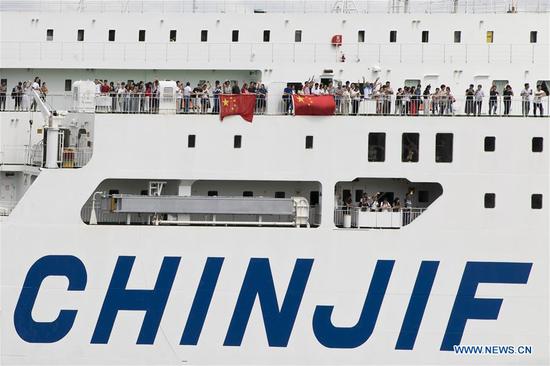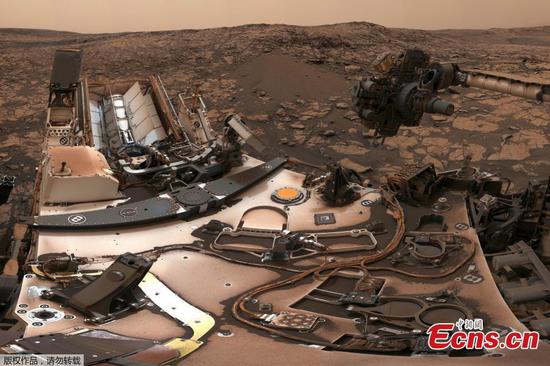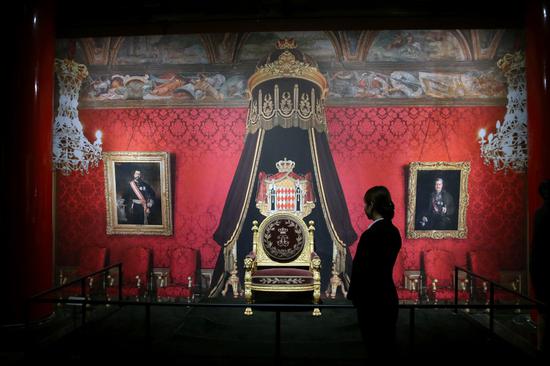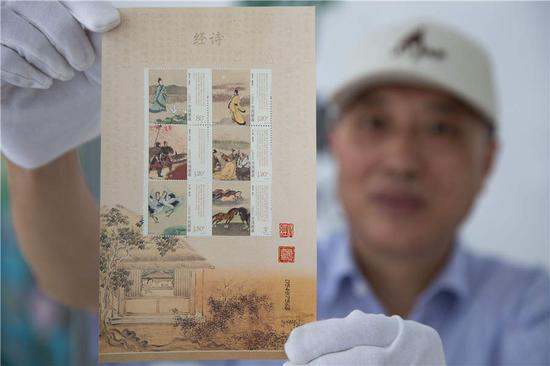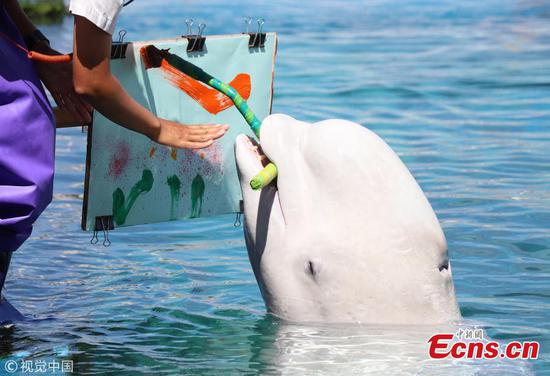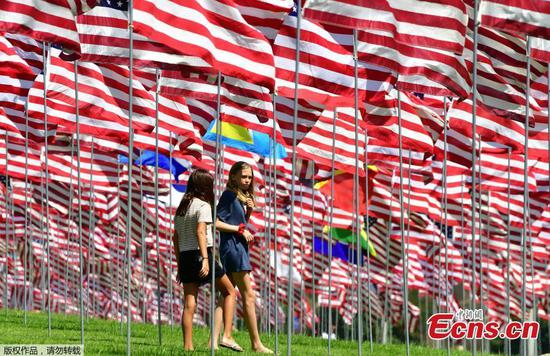Dato Haji Zaihal Hazri Bin Haji Abdul Halim beams at everyone coming past his corner at the China-ASEAN Expo.
"I'm happy with my business here. I've nothing to complain about," he told CGTN. Zaihal is the managing director of Al-Meswak Mu'min.
The returns he gets from selling everyday commodities, ranging from Hala toothpaste to shampoo, keep going "up and up and up".
"We start from zero in 2014, to three million yuan in 2017. "
He expects to soon sign a deal with a Chinese distributor that promises to bring him 50 million yuan in the next three years.
And he is not the only one with this kind of experience. The trade volume between China and ASEAN countries has grown five times over the last decade and a half, gaining even more speed in the last five years.
Zahal says he has the Belt & Road Initiative to thank for this.
"Before this initiative, it's too difficult to get into China. But with the initiative, we have easier process. We can start our company in a simply way in China. And with the FTA agreement, our tax has been going down."
Many ASEAN traders say the Belt and Road Initiative not only gives them favorable policies, but also gives sense of connection and understanding which develops trust and confidence.
Dr. Ong Kian Ming, deputy minister of the country's ministry of international trade and industry, say the China and Malaysia are experiencing a "synergetic" vibe across the board.
He cited the interest in investment from both sides shown in twin park ventures the Qinzhou Industrial Park in China and Kuantan Industrial Park in Malaysia.
"Right now we're also looking at the Electronic and Engineering sector and industry 4.0 related areas for more cooperation under the belt and road initiative."
He said that Malaysia is the gateway to Southeast Asia along the maritime Silk Road, cooperation will continue to deepen between the two countries.









